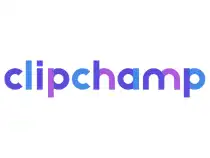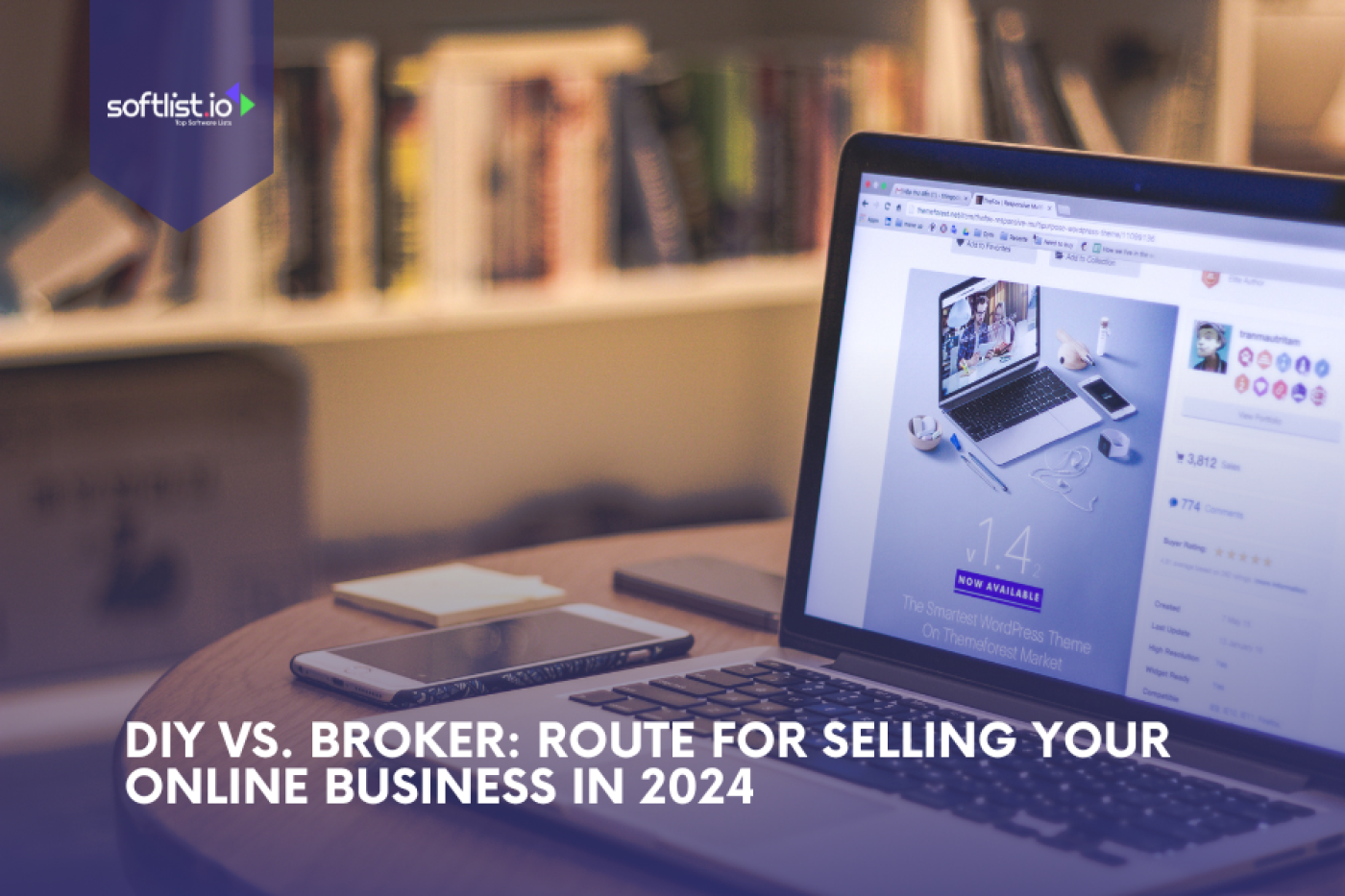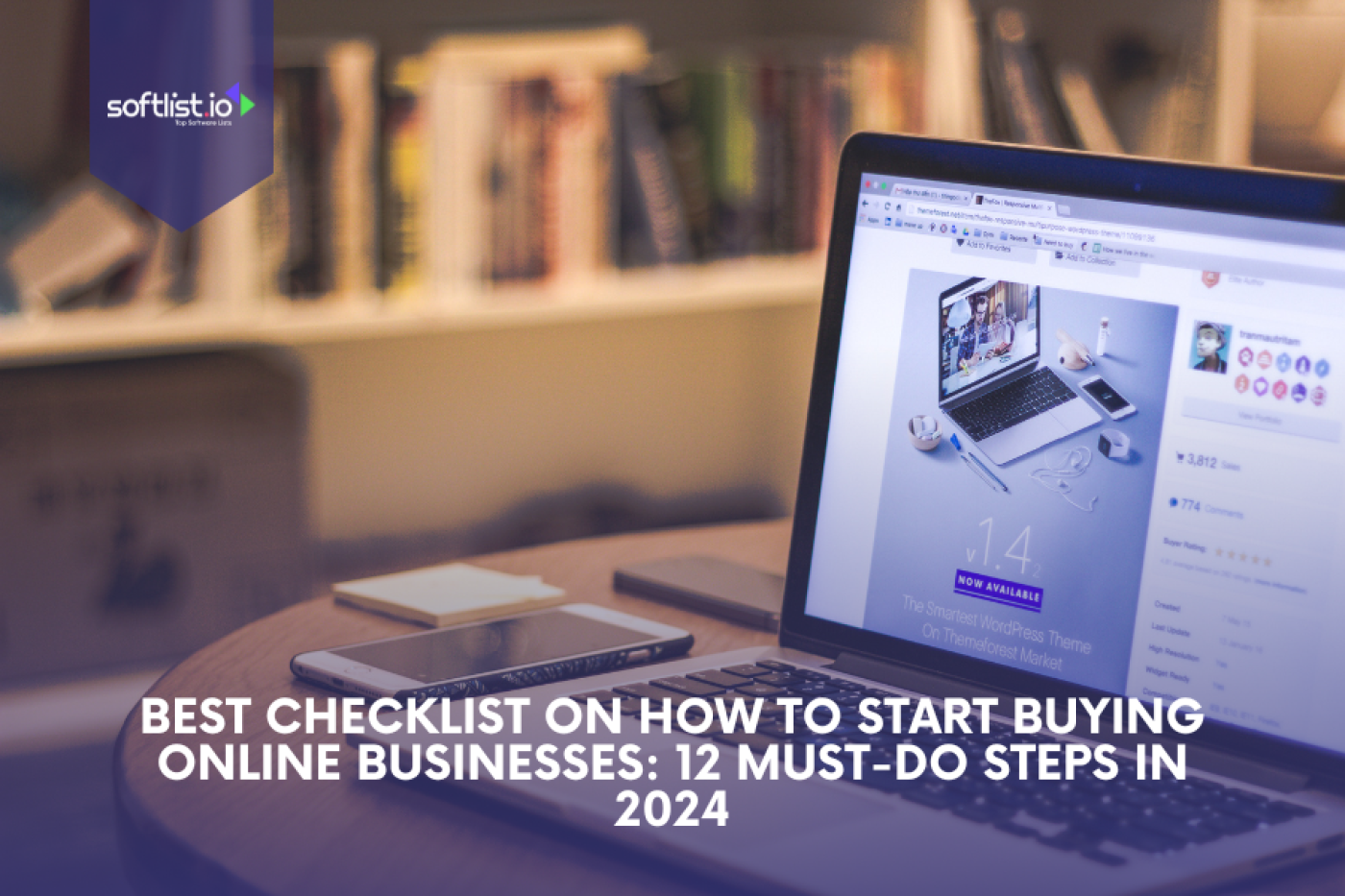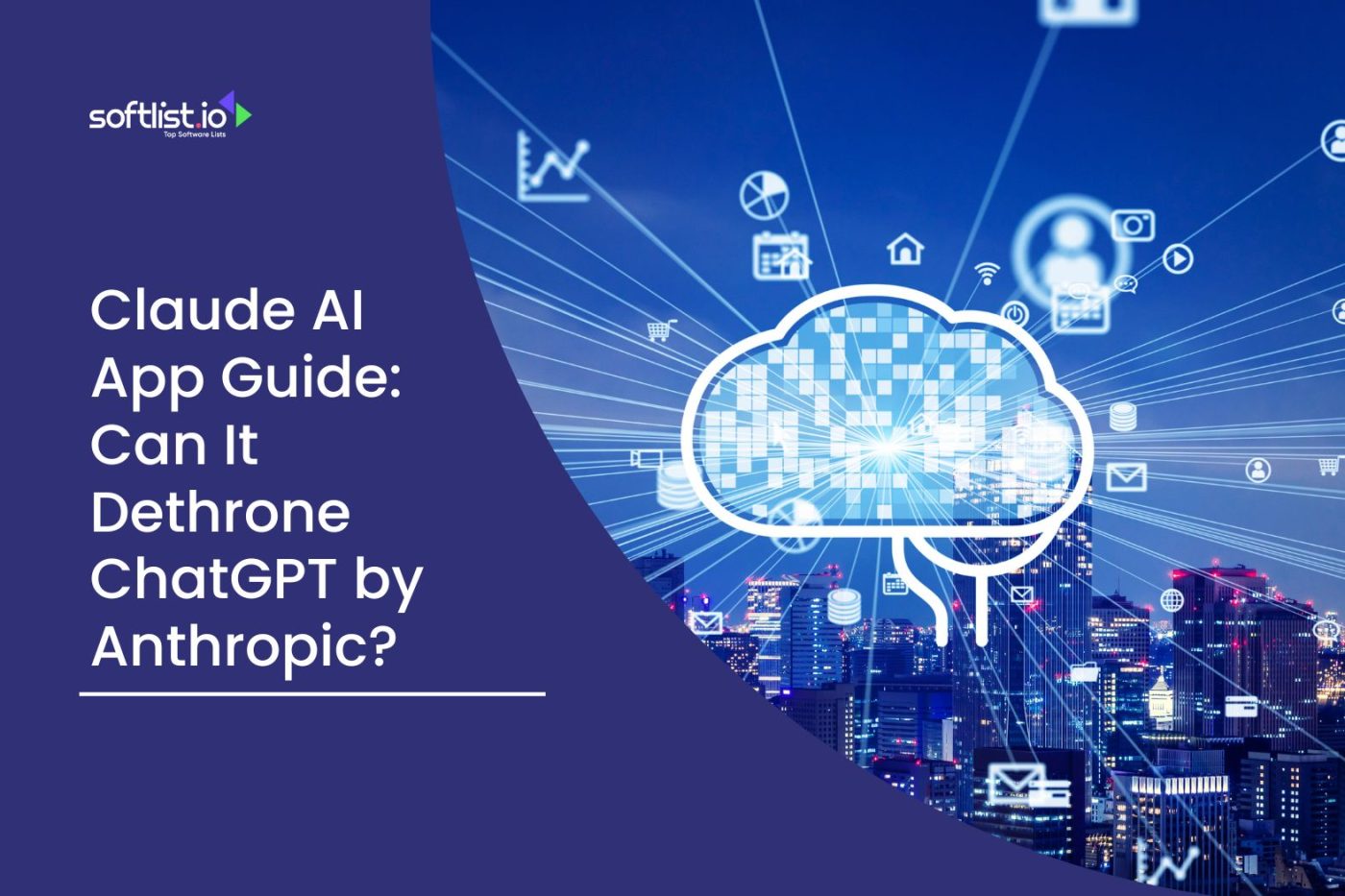The blend of artificial intelligence and human creativity has taken word art to new heights. AI word art generators are transforming how we create visual content, but their full potential shines with human input.
With platforms like Microsoft and various online word art tools, users can turn simple text into cool word cloud designs or intricate 3D text graphics. These generators respond to prompts, providing diverse art styles and backgrounds, making the design process both fun and engaging. By adding personal creativity to these AI-driven tools, users can enjoy creating designs that captivate and inspire.
Whether for a professional project or a casual drawing, combining AI with human insight results in a variety of graphic options that make word art more powerful than ever. Read on to discover how you can leverage AI to boost your creativity.
What is AI?

The field of Artificial Intelligence has been around for more than 50 years. This credits to computer scientist John McCarthy coined the term in 1955 when he knew computers could someday trick humans into thinking they were human too.
Technology has become so advanced that it can be used for anything you need. AI software is everywhere, from Google Search to Netflix recommendations. A great way of describing this phenomenon would be through machine learning systems which have revolutionized many industries in recent years.
This includes healthcare and finance where their accuracy when predicting trends or financial statements based on large sets of code and data sets was unexpectedly accurate with high levels of predictive power making them invaluable tools worth investing time into understanding how they work.
Machine learning is a branch of artificial intelligence that deals with identifying and understanding patterns in data without relying on explicitly programmed rules. This can be done through various approaches like neural networks or support vector machines.
How AI Has Emerged to Be Creative

AI has made significant strides in demonstrating creativity, impacting various fields such as art, music, literature, and even problem-solving in scientific and engineering domains. Here are several key ways in which AI has emerged to be creative:
1. Art and Visual Media
AI systems, particularly those using generative adversarial networks (GANs) and other generative models, can create new artworks. These AIs analyze thousands of pieces of existing art to understand styles and elements of visual creativity. From there, they can generate unique images, sculptures, or animations that are entirely new creations.
2. Music
AI has been used to compose music by learning from large datasets of musical scores and recordings. These systems can generate compositions in various styles, from classical to contemporary pop. Some AI programs can even collaborate with human musicians to create hybrid works that blend human expressiveness with AI’s vast data-driven capabilities.
3. Literature and Writing
AI word art generators are now capable of writing poetry, stories, and even scripts for films and plays. By analyzing language patterns, narrative structures, and stylistic elements from extensive literary works, AI can produce coherent and engaging texts. Some AI word art generators have been used to complete unfinished works by historical authors or to create new stories in the styles of famous writers.
4. Creative Problem-Solving
In fields like engineering and science, AI is used for its ability to find novel solutions to complex problems. By processing vast amounts of data and running simulations much faster than humans can, AI can identify efficient and innovative solutions, sometimes in ways that humans might not have considered.
5. Video Games and Interactive Media
AI is used in video game development to create dynamic game environments, adaptive difficulty levels, and realistic non-player characters (NPCs). By understanding player actions and preferences, AI can also craft personalized gaming experiences, enhancing creativity in gaming narratives and interactions.
6. Fashion and Design
In the fashion industry, AI analyzes trends, colors, textures, and shapes to predict future trends and even generate innovative design prototypes. This allows designers to explore new creative territories with AI as a collaborative tool.
How Does AI Word Art Generator Work?
Humans are not the only ones who can create art. Artificial intelligence also has a role in it! AI artists write algorithms that analyze thousands of images, then try to generate new ones according to what they’ve learned from these explored photos – which gives them an aesthetic all their own. This step is crucial in the process, where the artist chooses which images they want to feed their algorithm.

Generative adversarial networks (GAN) may have given rise to a new generation of “generation shift” in artificial intelligence artwork. Ian Goodfellow, a Stanford University computer scientist, introduced the world to an innovative new way of generating images called “adversarial networks.” These algorithms have been designed so that one side causes random pictures.
Whereas another has been taught how much each image resembles what it’s supposed to match—a person or object, for example. The first use was announced in 2014 by IanGPS, who created this process called “Adversarially Learned Representations.”
Comparison of the Best AI Word Art Generators

AI art generators have become increasingly popular, offering users the ability to create complex and visually stunning images based on textual input. Each generator has its unique features, strengths, and weaknesses. Here’s a comparison of some of the best AI art generators currently available:
1. DALL-E 2 by OpenAI
Strengths: Known for producing high-quality images with fine details and a good grasp of complex requests. DALL-E 2 supports a broad range of styles and can add or alter elements in existing images with impressive precision.
Weaknesses: Access is gated behind a waitlist and usage tokens, which may limit availability for casual users. It also has limitations on generating certain types of content due to ethical guidelines.
2. Midjourney
Strengths: Midjourney is popular for its distinctive artistic style, which often feels more painterly and abstract. It excels in generating fantastical and surreal imagery and is highly favored for concept art.
Weaknesses: The output sometimes lacks the realistic detail that other models provide, and navigating the interface (which is primarily through Discord) can be less intuitive for some users.
3. Stable Diffusion
Strengths: As an open-source model, Stable Diffusion allows for extensive customization and local processing, which appeals to tech-savvy users and those concerned with privacy. It handles a wide range of styles and is capable of generating images at a fast pace.
Weaknesses: The quality of the output can be variable, and since it’s community-driven, support and updates might lack the consistency of more commercially backed tools.
4. Artbreeder
Strengths: Artbreeder focuses on blending and morphing existing images to create new artworks. It offers a unique approach to art creation, allowing for high levels of user control over the blending process.
Weaknesses: It might be less capable of generating entirely new images from scratch compared to other AI art generators. The focus is more on modification than on original creation.
5. DeepDream
Strengths: Known for creating psychedelic and dream-like images using a technique called “inceptionism,” which enhances patterns in imagery to create surreal and abstract visuals. It’s great for artistic exploration and unique visual effects.
Weaknesses: The style is very specific and not suited for tasks requiring realistic or precise imagery. It also has less control over the outcome compared to other platforms.
6. RunwayML
Strengths: Offers a user-friendly interface and a diverse set of tools that cater to both beginners and professionals. It integrates easily with other software and supports video generation as well.
Weaknesses: Some features are behind a paywall, and the costs can add up if you require high-resolution outputs or intend to use them extensively.
Is AI Killing Artists?

AI can produce quality art, but only humans have the creativity and self-defined style to make it personal. Artists are still needed for that extra something special. AI writing tools are making it easier for anyone to create their original content, but artists have been able to add creativity and emotion. The result isn’t quite as good without human input yet – maybe in years from now, we’ll see an evolving version of this too? For now, though, artist jobs seem safe.
Come to think of it, if AI may be used to create images, the final product can still feel like art. Should artists influence their work if they are not present during its creation? Think about it this way, without these AIs being able to ingest and digest all of the artists’ work they paint for us.
We wouldn’t be able to see those beautiful creations. These intelligent programs can only do what they do by learning from someone who has done something similar – which is why each AI does its best painting in a unique style based on how much information was input into them.
Features of Word Art Generators
User-Friendly Interfaces
Most word art generators offer intuitive platforms that allow users to easily input text, customize designs, and generate art without needing advanced graphic design skills. These interfaces streamline the creative process, making it accessible for beginners and experienced users alike.
Customizable Design Options
Word art generators provide extensive customization, allowing users to adjust font styles, sizes, colors, and layout. This flexibility helps users create personalized designs that suit their specific needs, whether for professional presentations or personal projects.
Diverse Art Styles
With variousart styles to choose from, word art generators offer a wide range of visual effects, from simple text clouds to intricate 3D designs. This variety ensures users can find the perfect style to match the tone and purpose of their project.
Real-Time Preview
Many word art generators feature real-time previews, giving users the ability to see their changes as they make them. This interactive element helps fine-tune the design by allowing users to experiment with different styles before finalizing the graphic.
Seamless Integration with Online Platforms
Most word art generators are compatible with other software tools, such as Microsoft Office, and can be used directly online, enabling quick sharing and embedding in various digital platforms for convenience.
Create videos with Microsoft Clipchamp. Millions of everyday editors across the globe use easy editing features every day to trim, crop, filter, and perfect their video content.
Key Takeaway
The idea of AI-made art has been around for decades, but only recently have people begun to take notice. Some artists see this as an opportunity to explore new mediums and boundaries while pushing our understanding forward of what we think creativity means.
Others dislike how artificial intelligence could be used instrumentally without human control, making them feel less creative because their work wouldn’t come from something original. Moreover, the future will bring more complexity when creating both complex yet controversial jobs: artwork created by computers with limited abilities may generate mixed reviews for full ownership depending on who you ask.
Artificial Intelligence has been considered a uniquely human skill for centuries, but recent technological advances prove otherwise. Until recently, the use of artificial intelligence in creative fields was seen as a negative. However, now some believe otherwise and think this technology can help generate better results than human creators do!
The area of AI is quickly becoming more accessible to those who want or need it with many new programs being created daily by machines that can not only replicate tasks usually done by people like artists and writers; they’re also capable of coming up with their original ideas.
To learn more about AI Word Art generator, read our other informative blogs and subscribe to get the hottest deals and discounts on selected software!
FAQ’S
How Can I Use the AI Word Art Generator?
You can use the AI Word Art Generator by going to the online platform and entering the text you want to convert into art.
Can I Choose Different Fonts for My Word Art?
Yes, the generator offers various font options for you to select from to create unique and colorful art.
What File Formats Can I Save My Word Art In?
You can save your AI-generated word art as a PNG image file, which is suitable for sharing on social media posts or printing.
Is There an Option to Change the Colors of the Word Art?
Yes, you can customize the colors of the word art by choosing from a color palette provided by the generator.
Can I Download the Word Art Onto My Device?
Yes, once you are satisfied with the art created, you have the option to download it as a PNG image file onto your device.
How Accurate Is the AI in Creating Word Art Text?
The AI Word Art Generator uses advanced algorithms to accurately convert text into visually appealing art pieces.
Is It Possible to Preview the Word Art Before Finalizing It?
Yes, the platform allows you to preview the word art before saving or downloading it, ensuring it looks just right.







